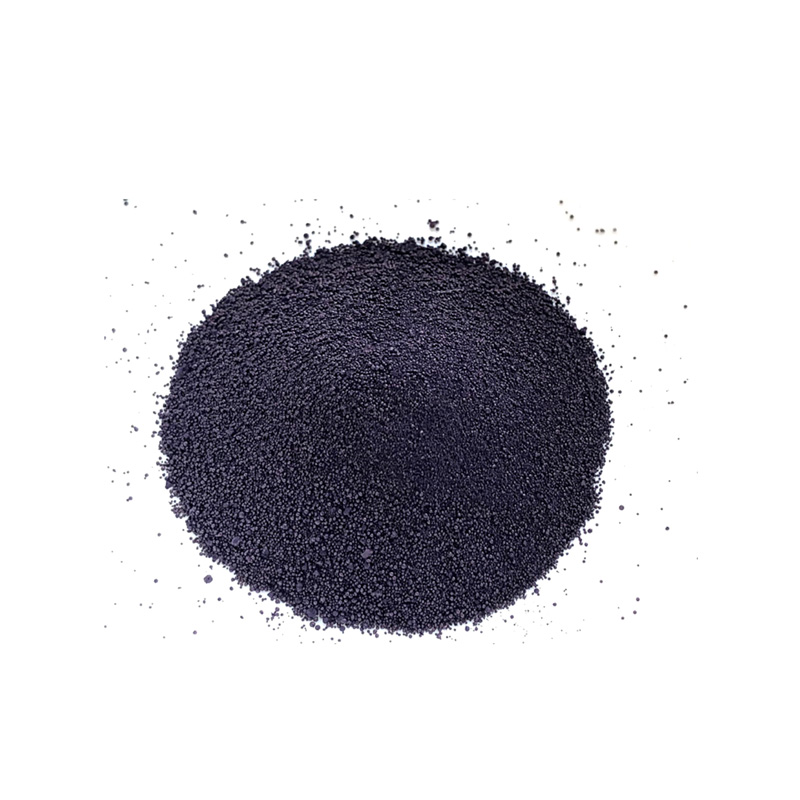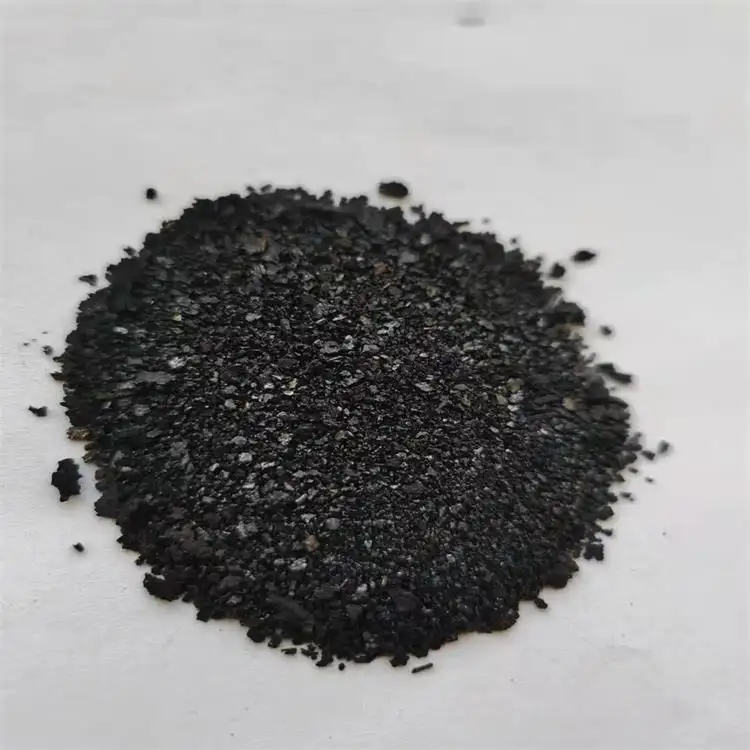indigo dyed


Moreover, the experience of acquiring an indigo dyed product extends beyond mere purchase. Buyers often report an enriching journey of discovery—one where they learn about cultural contexts, artistic traditions, and sustainable practices. For instance, a visit to a local workshop or a conversation with an artisan can reveal fascinating stories behind each piece, elevating a simple fabric into a narrative of cultural heritage. These experiences not only enhance customer satisfaction but also cultivate a deeper appreciation for the artistry, fostering a personal connection between the buyer and the craft. Incorporating indigo dyed fabrics into a lifestyle or product range entails more than just aesthetic value. For fashion designers, home decorators, or collectors, the versatility of indigo provides ample creative opportunities. Its timeless appeal—ranging from deep ocean hues to lighter sky blues—can complement a myriad of design visions. Additionally, because each piece carries the signature of its maker, incorporating these textiles allows for unique expressions that are both personal and distinguished. As the market for indigo dyed products continues to grow, it’s vital to approach it with an informed perspective. Appreciating the skill, tradition, and environmental implications behind each piece enriches the consumer experience. By prioritizing expertise, authenticity, sustainability, and cultural value, both buyers and sellers can ensure that the legacy of indigo dyeing is preserved and celebrated in its true and vibrant form.
-
Thermal Stability Analysis of Bromo Indigo Pigments
NewsJun.06,2025
-
Sulphur Black Dye Oxidation Process Optimization
NewsJun.06,2025
-
Lightfastness Testing of Bromo Indigo Dyed Denim
NewsJun.06,2025
-
Granule Size Distribution and Jeans Color Uniformity
NewsJun.06,2025
-
Gradient Dyeing Methods with Indigo Blue Granules
NewsJun.06,2025
-
Dyeing Temperature Effects on Sulphur Black Color Fastness
NewsJun.06,2025
-
Sulphur Black Dyes in Daily Use
NewsMay.07,2025

Sulphur Black
1.Name: sulphur black; Sulfur Black; Sulphur Black 1;
2.Structure formula:
3.Molecule formula: C6H4N2O5
4.CAS No.: 1326-82-5
5.HS code: 32041911
6.Product specification:Appearance:black phosphorus flakes; black liquid

Bromo Indigo; Vat Bromo-Indigo; C.I.Vat Blue 5
1.Name: Bromo indigo; Vat bromo-indigo; C.I.Vat blue 5;
2.Structure formula:
3.Molecule formula: C16H6Br4N2O2
4.CAS No.: 2475-31-2
5.HS code: 3204151000 6.Major usage and instruction: Be mainly used to dye cotton fabrics.

Indigo Blue Vat Blue
1.Name: indigo blue,vat blue 1,
2.Structure formula:
3.Molecule formula: C16H10N2O2
4.. CAS No.: 482-89-3
5.Molecule weight: 262.62
6.HS code: 3204151000
7.Major usage and instruction: Be mainly used to dye cotton fabrics.

